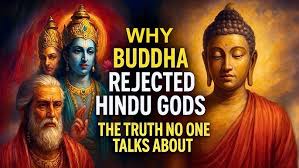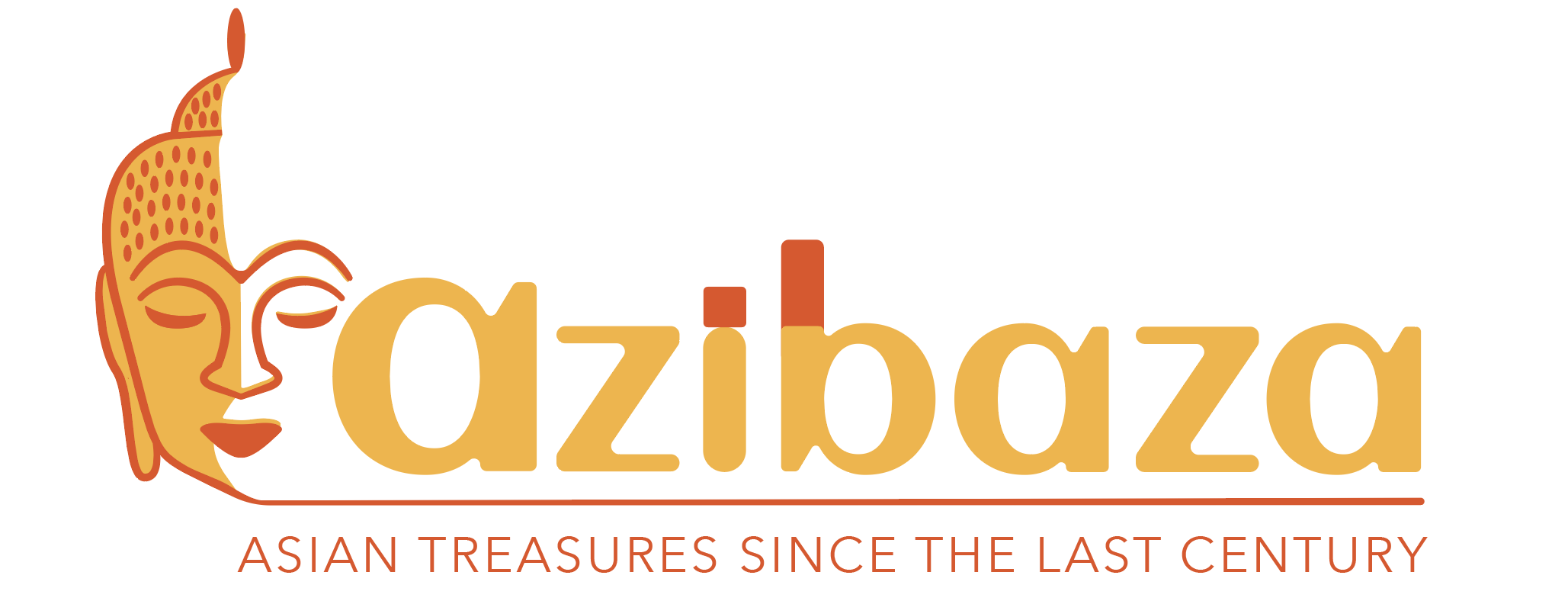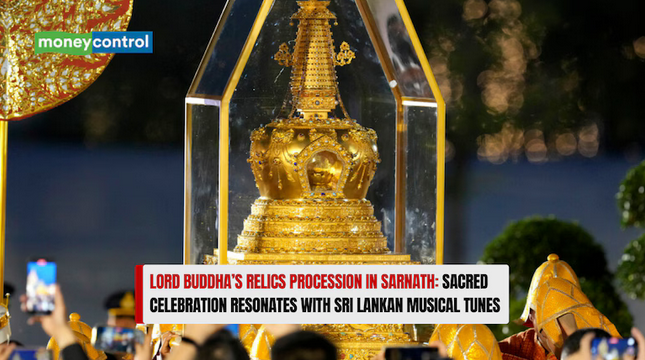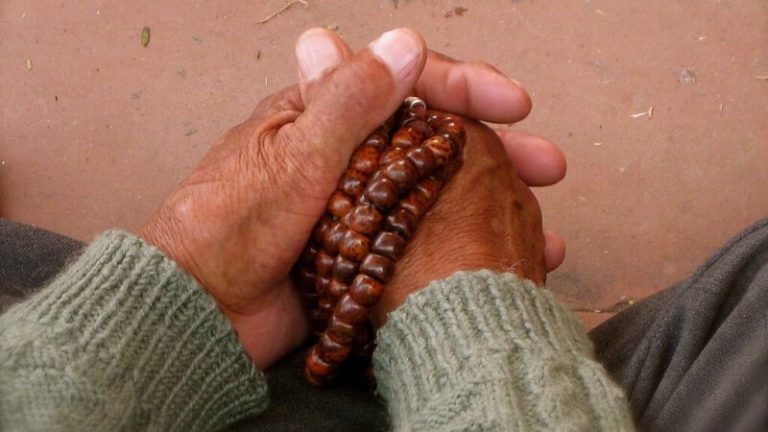Over 2,500 years ago, Prince Siddhartha Gautama—later known as the Buddha—walked away from the ritual-heavy world of Vedic Hinduism. His rejection wasn’t a denial of the divine, but a radical shift in focus: from priestly authority and caste-bound duty to personal insight, ethical living, and meditative practice. That philosophical break continues to shape South Asian religion and global spiritual discourse today.

The Buddha’s critique of Vedic orthodoxy was rooted in lived experience. Born into privilege, Siddhartha encountered suffering and impermanence, prompting a search for liberation beyond ritual and social hierarchy. At the time, Vedic religion centred on fire sacrifices (yajña), hymns from the Rigveda, and a rigid caste system upheld by Brahmin priests. Liberation (moksha) was framed as a distant reward, mediated through ritual and birth status.
Instead, the Buddha proposed a radically different path. He taught the Middle Way—a life of moderation between indulgence and asceticism—and introduced concepts like anātman (no-self), challenging the Vedic idea of an eternal soul (ātman). He didn’t deny the existence of devas (gods), but saw them as part of the conditioned world—not sources of ultimate liberation.
Why this matters today is not just historical. The Buddha’s rejection of caste privilege and ritual exclusivity laid the foundation for a more accessible spiritual path. His teachings opened the door to monastic and lay practice across social strata, influencing movements from Theravāda Buddhism in Southeast Asia to Mahāyāna traditions in East Asia.
The ancient clash between Buddhist and Brahmanic worldviews still echoes in debates over caste, ritual authority, and spiritual autonomy. In India, Ambedkarite Buddhists continue to embrace the Buddha’s rejection of caste as a form of social liberation. Globally, mindfulness movements draw from his emphasis on direct experience over dogma.
As the video from “The Buddhist Guy” suggests, the Buddha’s legacy isn’t about denying gods—it’s about shifting the focus from external ritual to internal awakening. That shift, born in ancient India, continues to challenge and inspire seekers across cultures.



